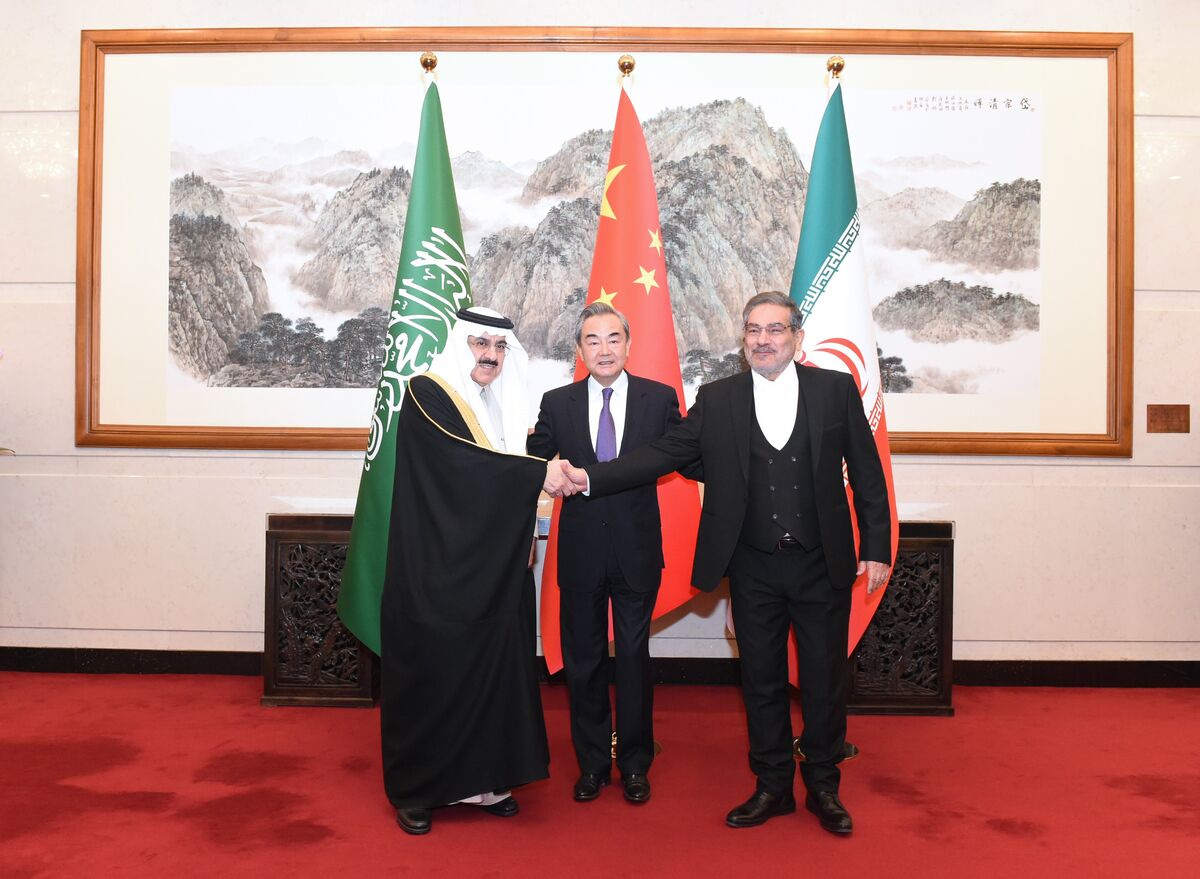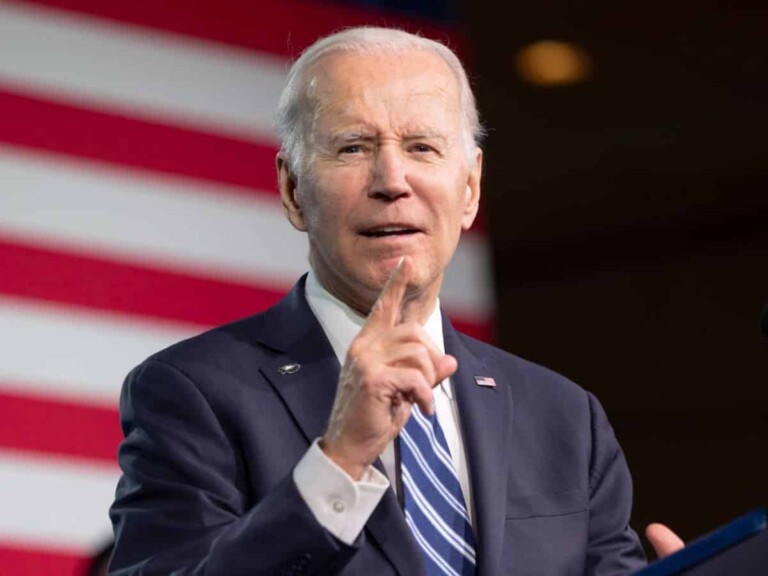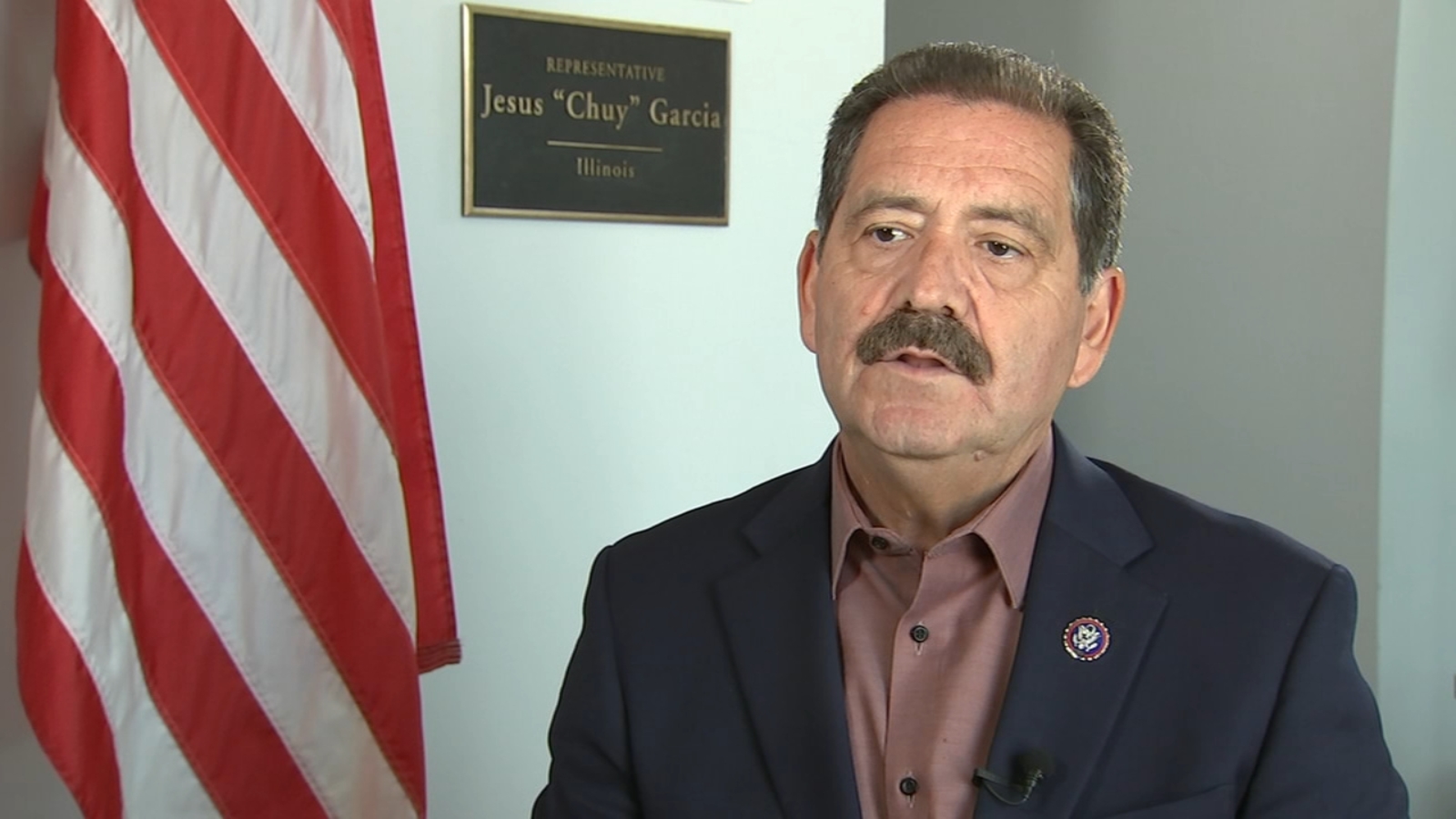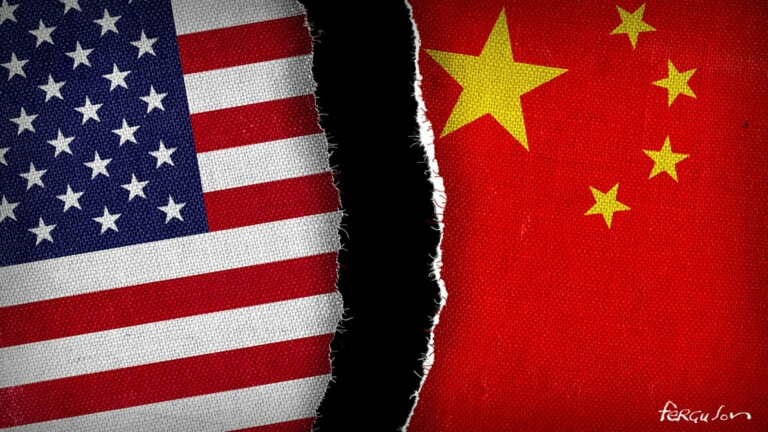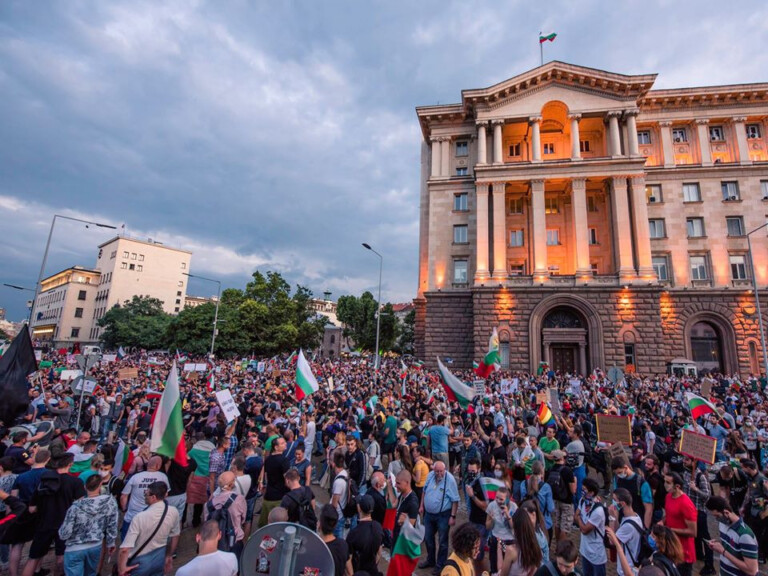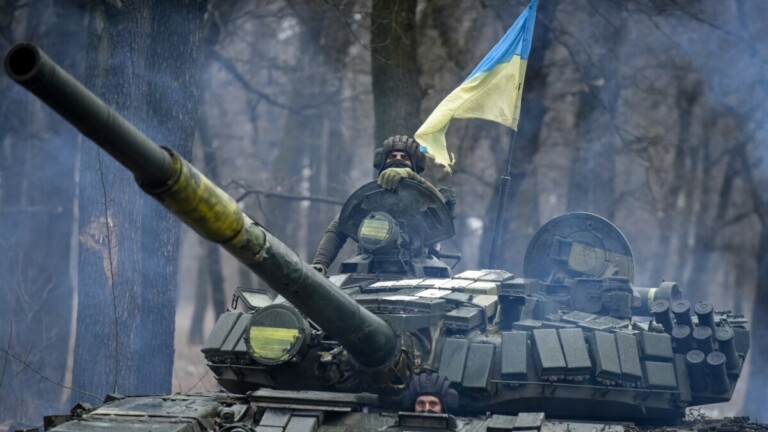Senior diplomats from Saudi Arabia and Iran are meeting in Beijing tomorrow to discuss the next steps in restoring diplomatic relations following the Chinese-brokered agreement last month.
The move to restore ties comes seven years after Saudi Arabia cut ties with Iran after its embassy in Tehran was stormed in response to Riyadh’s execution of Shia cleric Nimr al-Nimr. Although the two countries have regularly expressed a willingness to resume ties, their inability to build on bilateral cooperation agreements signed in 1998 and 2001 suggests that implementing this agreement may be similarly challenging.
Despite the challenges, the agreement is a necessary step toward resolving conflicts in the Middle East, although local drivers of conflict in Yemen, Syria, Lebanon and Syria will persist. Navigating conflict in Yemen and Syria – where Saudi Arabia and Iran find themselves on opposing sides – will pose serious challenges toward a broader rapprochement.
Why Now?
While the agreement came as a surprise to many, domestic factors pushed both countries to seek to deescalate tensions. With both Riyadh and Tehran facing serious socio-economic challenges at home, the reduction in tensions was a pragmatic move.
In Iran, devastating economic conditions – stemming in part from the imposition of sanctions by the United States and other countries – has resulted in the most serious popular protests in decades. The Raisi administration is in dire need of an economic stimulus to take the sting out of protests, and improving ties with Saudi Arabia could lead to new trading opportunities between Iran and Arab Gulf states who had previously been reluctant to deal with Tehran.
For Saudi Arabia, reducing tensions with Iran is a key step in improving regional stability and reassuring foreign investors, although concerns about its dubious human rights record remain. Under the banner of Vision 2030, Saudi Crown Prince Mohammad bin Salman, the de facto ruler of Saudi Arabia, has sought to reduce the country’s reliance on oil through the creation of a knowledge and service-based economy. Yet the combination of the killing of Jamal Khashoggi, allegations of war crimes in Yemen, and rocket attacks on the Saudi mainland have deterred investors.
While the agreement is unlikely to fully end the war in Yemen, it may pave the way for Saudi Arabia to find a face-saving way to extricate itself from the protracted fighting, which some estimates suggest costs Riyadh approximately $1 billion each week. Resolving the threat posed by Iran – the most serious challenge to the Kingdom’s stability – would allow Riyadh to focus its resources on domestic projects instead.
Diplomatic Next Steps
The agreement sets a two-month timeframe for Tehran and Riyadh to re-open their embassies, allowing for important trust-building measures to take place in the interim. In a letter, Saudi King Salman invited Iranian President Ebrahim Raisi to visit Saudi Arabia. While Iranian delegations have engaged with their Saudi counterparts in the years since diplomatic relations were cut, these have typically been restricted to discussions about hajj participation.
Such visits are not unprecedented. In the 1990s, then Crown Prince Abdullah engaged in a diplomatic initiative to improve relations which helped usher in a period of collaboration between the two states. Likewise, the forthcoming visit from Raisi to Saudi Arabia is an important step in a broader process of building trust. The long-standing hostility between Riyadh and Tehran means that such efforts are vital in moving beyond the latent suspicion that has characterized the relationship since the establishment of the Islamic Republic. In the past, both sides have used disparaging language to describe the other. Now, reports suggest that Saudi Arabia has committed to putting pressure on Iran International, a Farsi news channel Iran has accused Saudi Arabia of funding, to cover Iran in a less disparaging manner.
In the coming weeks and months, meetings between senior diplomats will continue, with China continuing to play a mediatory role. These meetings will continue to build trust between the two states, while fleshing out the intricacies of the deal ahead of the reopening of diplomatic missions.
Regional Implications
The deal represents an important, albeit insufficient, step in addressing one of the most protracted rivalries across the Middle East that has played out in Iraq, Syria, Lebanon, Bahrain, and Yemen. The agreement affirms respect for the “sovereignty of states” and a broader “non-interference in internal affairs,” two proclamations that are at odds with the foreign policies of both Riyadh and Tehran. Competition between the two states has played out in Iraq, Syria, Lebanon, Bahrain and Yemen, mapping onto complex domestic rivalries that were drawn along ethnic, tribal, religious, sectarian, political, and ideological lines.
The war in Yemen, for example, is often reduced to a sectarian “proxy war” between Saudi Arabia and Iran. Such a reading ignores local agency and the domestic drivers of conflict and essentialises nuanced political grievances to simplistic, orientalist and xenophobic claims about “ancient hatreds.” Yet while reducing tensions between Riyadh and Tehran is unlikely to fully resolve the conflict, it may impact the trajectory of political negotiations. Reports suggest that Saudi Arabia is in dialogue with the Houthis while Iran has declared an intent to stop arming the group. After nearly a decade of fighting that has resulted in one of “the world’s worst humanitarian crises,” finding a negotiated solution is of paramount importance.
In Lebanon, the socio-economic crisis that has consumed the state in recent years has been exacerbated by a political stalemate that is itself reinforced by the rivalry between Saudi Arabia and Iran. The rapprochement will not have an immediate impact in Lebanon, however, where the rivalry plays out in a complex environment in which local actors have their own rivalries with external actors, perhaps best seen in the case of Saudi Arabia and Hezbollah. This complex interplay of local and regional rivalries means that while Riyadh and Tehran have agreed to normalize relations, this may not translate into Lebanese domestic politics.
The most pressing issue affecting Lebanon is the need to elect a president, a move deemed necessary to formulate the economic reform agenda demanded by the International Monetary Fund. It has been four months since erstwhile President Michel Aoun’s term ended, but political stalemates and the complex interplay of identity markers and interests has left the republic unable to elect a president. Although the Saudi-Iran deal should allow the two to put pressure on their allies to reach an agreement, the complexity of relations between the regional powers and Lebanese actors means that this is unlikely, at least in the short term.
In neighboring Syria, while conflict between the Assad regime and opposition groups continues to decimate the lives of many, diplomatic initiatives independent of developments in Beijing point to the reintegration of the state into the Arab fold, perhaps best seen in recent talks between Saudi Arabia and Syria to restore consular relations. The strength of Damascus’ relationship with Tehran has historically provoked ire amongst Arab rulers, prompting countless efforts to win Syria back to the Arab fold and, ultimately, the onset of a devastating conflict in 2011. While unsuccessful, it appears that a diplomatic initiative led by the UAE, Saudi Arabia, Egypt and Jordan over the past year has yielded positive results. Central to this initiative is an offer of tens of billions of dollars to the Assad regime to rebuild the country after more than a decade of brutal fighting, a price that Assad’s current backers in Moscow and Tehran are unable to pay.
Saudi Foreign Minister Faisal bin Farman Al Saud has asserted that there is “consensus building in the Arab world, that the status quo” in Syria “is not tenable,” prompting efforts to find a creative resolution to a conflict that has cost the lives of 600,000 people, displaced millions, and involved war crimes by the Assad regime. The agreement, if reached, will involve rehabilitating Assad in the Arab and international folds – an unpalatable thought for many – at the cost of political reform and moves away from Iran.
Developments in Syria highlight that the agreement is but one part of a complex regional picture. While there are reasons to be optimistic about the impact of the agreement on regional dynamics, a cynical reading suggests that the agreement is more about providing safeguards to prevent a descent into conflict, at least in the first instance. As Prince Faisal bin Farman notes, the agreement does not mean that Riyadh and Tehran have resolved all disputes between the two states, but rather that it underscores a desire from both sides to “resolve disputes through communication and dialogue.”
An Uncertain Future
While the agreement is a positive step in establishing regional guardrails to prevent conflict a series of questions remain:
1. What does this agreement mean for the US role in the Middle East?
Questions about U.S. engagement in the Middle East have proliferated in policy circles since the start of the Obama administration. With U.S. foreign policy once again embarking on a “pivot to Asia,” the strategic importance of the Middle East appears to be on the wane, exacerbated by tensions between the U.S. administration and Saudi leadership. While the Trump administration improved ties with Saudi Arabia, the Biden administration’s commitment to calling out human rights abuses in the country has at times hampered relations between Washington and Riyadh. Yet it seems unlikely that the deal between Iran and Saudi Arabia would have been reached without Washington’s knowledge, and reducing bilateral tensions could lead to progress on other fronts, such as efforts to restore the Iran nuclear deal.
2. Will this spur greater Chinese engagement in the region?
Chinese engagement in the Middle East has historically been driven by economic concerns, either financial investment, or the development of infrastructure projects as part of the broader Belt and Road Initiative but the centrality of the region within the initiative raises questions about Beijing’s broader strategy. Through the ports of UAE and Oman, crude oil demands and investment in Iran, Saudi Arabia and Iraq, Beijing has become the largest investor in the Middle East and the leading trading partner of the Gulf Cooperation Council (GCC) countries, reaching $330 billion in 2021. In 2020 China imported $176 billion worth of crude oil from the Middle East, close to half of the region’s official imports. This economic engagement has presented opportunities for further political and security engagement in the region.
The first Sino-Arab summit held in December 2022 in Riyadh deepened bilateral relations within political and economic spheres, focusing on capacity building and energy security. This meeting was followed by Raisi’s visit to Beijing in January 2023. The opportunities for further Chinese economic investment in the region appear plentiful, and Beijing’s involvement in diplomatic initiatives points to the possibility of deeper relations. Yet the nascent Chinese political influence in the region will be quickly called into question if the deal falls apart.
3. What impact will the agreement have on global politics?
A week after the agreement, Chinese President Xi Jinping flew to Moscow where he met Vladimir Putin for the first time since the Russian invasion of Ukraine. While there, Xi declared an intention for China to “stand guard over the world order based on international law,” perhaps positioning Beijing to play the role of peacemaker in the conflict in Ukraine. Needless to say, claims about a law-based international order ring hollow after Moscow’s decision to invade Ukraine. Nevertheless, the Saudi-Iran rapprochement points to a vision of order that is fundamentally pragmatic and privileges stability, security, and sovereignty over human rights and democracy. In recent years global politics has, at least discursively, been ordered around concern for human rights and democracy, yet recent developments hint at a larger shift toward authoritarianism.
Fundamentally the deal has been viewed as a win for China amidst efforts to present an “alternative vision” to the U.S.-led global order, described by one commentator as a “see no evil approach.” It remains to be seen how this plays out on the world stage and what the repercussions of these moves are for the Middle East, the war in Ukraine, and a broader struggle to shape global politics.
4. What impact will the agreement have on Israel?
Through the Abraham Accords – an agreement that normalized relations between Israel and a number of Arab states – Israel sought to formalize the anti-Iran bloc that had coalesced amidst concerns about Tehran’s regional actions, albeit without the formal involvement of Saudi Arabia. The agreement between Riyadh and Tehran will likely result in other GCC members (and affiliate members such as Jordan and Morocco) similarly seeking to improve ties to Tehran, leaving Israel isolated.
While there is little doubt that the deal is a step in the right direction in reducing tensions between two long-standing rivals whose fraught relationship has played out in states across the Middle East, it is not a panacea for violence across the region. It is unlikely to resolve protracted conflicts in Yemen and Syria, nor to improve the lives of people suffering in Lebanon and Iraq. Improving relations between Riyadh and Tehran in a way that respects the sanctity of state borders can have a positive impact on regional stability, but the deal will not resolve Saudi Arabia’s problems with the Houthis in Yemen or Hezbollah in Lebanon. There is a solid base from which peacebuilding can occur, but this will require time, patience, and the positioning of a broader commitment to the people of the region above the harsh realities of geopolitical competition and realpolitik.
Source : Just Security

